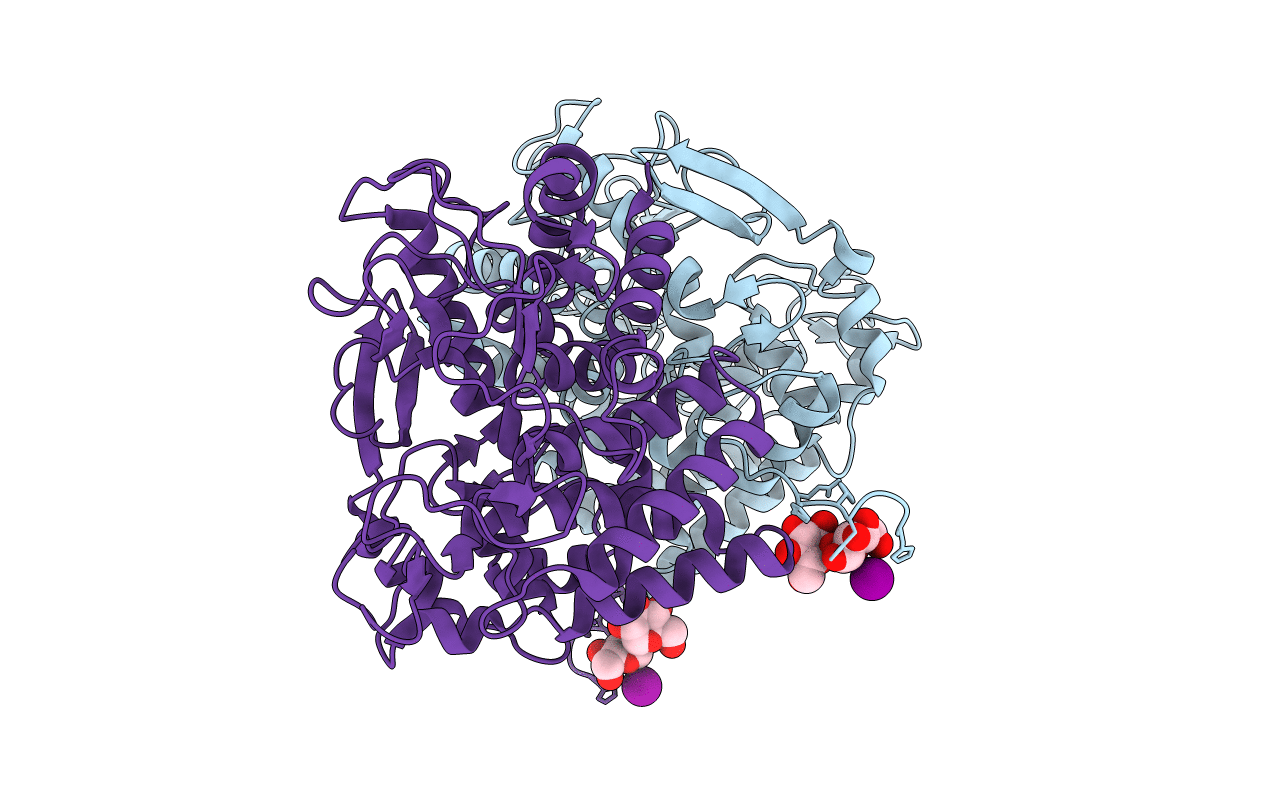
Deposition Date
2016-09-28
Release Date
2017-03-15
Last Version Date
2023-11-08
Entry Detail
PDB ID:
5GZH
Keywords:
Title:
Endo-beta-1,2-glucanase from Chitinophaga pinensis - ligand free form
Biological Source:
Source Organism:
Host Organism:
Method Details:
Experimental Method:
Resolution:
1.80 Å
R-Value Free:
0.20
R-Value Work:
0.16
R-Value Observed:
0.16
Space Group:
P 31


